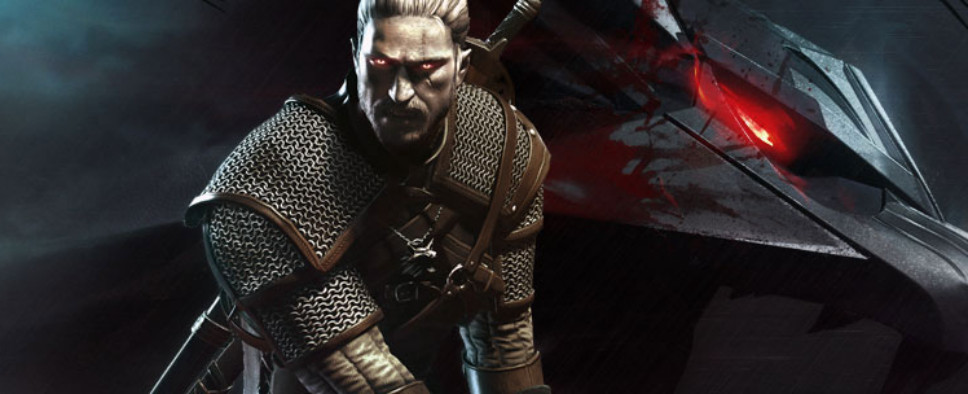Tracing the Fairy Tales and Myths Behind The Witcher 3’s Unsettling Crones
-
Category: News ArchiveHits: 2242

As a follow-up to their 10th anniversary celebrations of The Witcher, the folks at PCGamesN bring us another article focused on CD Projekt's hit RPG series. This particular one explores the folk tales, myths, and historical inspirations for The Witcher's memorable trio of Crones of Crookback Bog. A few sample paragraphs:
Where do the Crones come from? They do not seem akin to the modern, sanitised witches we know from TV shows or fantasy games, but rather like beings whose blood-drenched roots stretch back to the morbid imagination of ancient folk tales - including age-old harmful stereotypes against the elderly and women, or the troubling trope of monstrous female sexuality. It is impossible to pinpoint any single story as the sole influence of the Crones, and yet they do not seem entirely made up by the team at CD Projekt Red. It is as if they were organically grown from the fetid, fertile soil of an ancient method of storytelling, one that has largely been lost.
We can trace the most obvious influences for the Crones through some of the most well-known creatures in fairy tales. There is the wicked witch from the German tale Hänsel and Gretel, who lures children into her company with her gingerbread house, where she fattens them up before cooking and devouring them. Like Hänsel and Gretel, the peasant children of Velen are sent alone into the haunted woods by their starving parents, and as the house of the Crones is made of wood instead of gingerbread, they use a Trail of Sweets to ‘guide’ those lost children to their home.
Baba-Yaga of Eastern European folklore is another cannibalistic hag with a taste for children. In some tales, Baba-Yaga appears as a trio of sisters, all named Baba-Yaga. Like many witches (among them Brewess and Weavess), she is associated with household utensils, namely the mortar and pestle she uses to fly. And, like the Crones, Baba-Yaga is dark and dangerous, but also morally ambiguous. Perhaps she will eat you. Or perhaps she will share her food and her immense wisdom, and send you on your way.
But the claws of the wicked fairy tale witch barely even scratch the surface of the matter. What about the peasants who worship and sacrifice to the Crones as if they are gods? There is nothing like that in fairy tales, but mythology can provide some pointers. The Greek and Roman Fates, as well as the Norse Norns, are a trio of goddesses who determine the future and time of death for all mortals. Like Weavess, who weaves magic tapestries from human hair, they are associated with textiles - they spin, and eventually cut, the threads of fate.
Conflating evil hags and goddesses of fate may seem strange, but The Witcher 3 is far from the first slice of entertainment to do so. The three weird sisters from Shakespeare’s Macbeth (ca. 1606) are cackling, cauldron-stirring witches who also happen to have a penchant for prophecy. The “weird” in their name does not mean “strange” (even though they certainly are that), but stems from the Old English word “wyrd,” meaning fate. The Crones, too, have prophetic powers, foreseeing the arrival of Ciri from studying beast entrails and omens. Another trio of goddesses from Greek mythology includes Artemis/Diana, Hecate, and Selene. Diana and Hecate especially have been associated with witches and their alleged flights through the night skies for many centuries.

